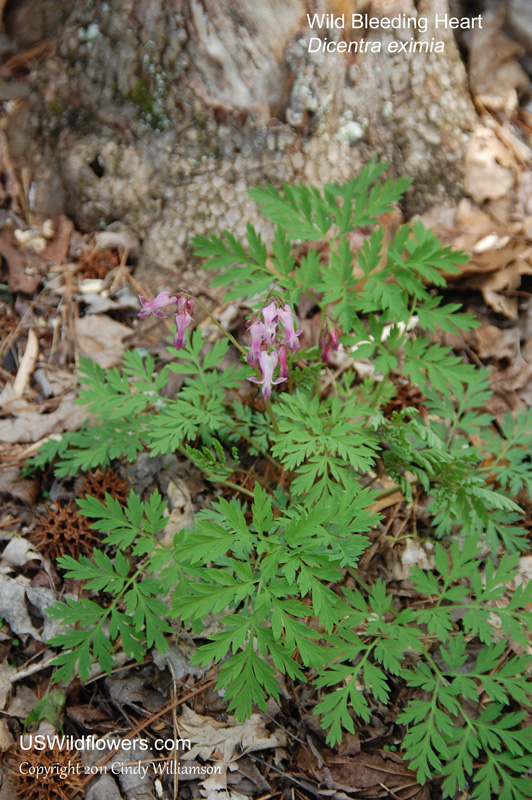

Microscopic examinations, laboratory culturing, virus assays, and nematode assays are some of the techniques used in the clinic. Services include plant and insect identification, diagnosis of disease, insect, weed and chemical injury (chemical injury on field crops only), nematode assays, and help with nutrient related problems, as well as recommendations involving these diagnoses. Some samples may require further examination or culture work (nominal fee involved) at the U of IL Plant Clinic.

Center Educators or State Specialists review & respond to information and digital images submitted by local Extension office personnel. The Wild Bleeding Heart is also quite at home in our gardens. U of IL - Distance Diagnosis through Digital ImagingĪ free plant, weed, insect and disease identification service available through your local University of Illinois Extension office. The Wild Bleeding Heart, also known as the Fringed Bleeding Heart, or even the odd-named Turkey Corn, is a North American native found in the woodlands along the spine of Appalachian Mountains, from Southwestern Pennsylvania to North Carolina. This publication may be purchased at your local University of Illinois Extension Unit office, or by calling 80, or by placing an order online (search for "ICLT"). The Illinois Commercial Landscape and Turfgrass Pest Management Handbook (ICLT) is written for professional applicators and provides nonchemical and current chemical recommendations as well as application timing information for all major pests of turf, woody ornamentals and herbaceous ornamentals. Illinois Commercial Landscape and Turfgrass Pest Management Handbook This publication may be purchased at your local University of Illinois Extension Unit office, or by calling 80, or by placing an order online (search for "C1391"). In addition, you'll find detailed information about integrated pest management, pesticide safety, and pesticide application and calibration techniques. This site is protected by reCAPTCHA and Google Privacy Policy and Terms apply.The Home, Yard & Garden Pest Guide (C1391) provides is written for homeowners and other residents and provides nonchemical and current chemical recommendations for controlling pests associated with trees, shrubs, turf, flowers, groundcovers, vegetables, fruit, and houses. trademarks are registered trademarks of Gardens Alive!, Inc.


 0 kommentar(er)
0 kommentar(er)
